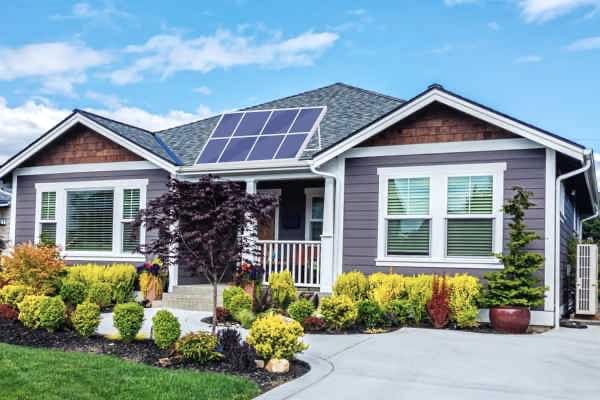Solar family sets new course
Tesla's new home battery has landed in Sydney to help residents counter high power bills.

An Australian family has become the first in the Southern Hemisphere to install Tesla's latest home battery - the Powerwall 3.
Greg Spencer and his family were randomly selected from a list of those who had pre-ordered the storage device to improve how they manage and fund their home energy use.
The Tesla Powerwall 3 is now available to order in Australia and doubles the power output of its predecessor, delivering the 11.5 kW needed to handle more demanding appliances or power multiple circuits simultaneously.
While the storage capacity of the unit remains at 13.5 kWh, Tesla’s new model introduces a modular structure, allowing households to scale up energy storage as needed. It also features an integrated solar inverter to simplify the installation process.
"I won’t ever have to pay peak power rates again, and for most of the year I will be energy independent."
The Spencer family, who live in Greenwich, NSW, hopes their new home battery system will substantially reduce their electricity bills, which they say have averaged around $5,000 annually, even with solar panels installed.
“I won’t ever have to pay peak power rates again, and for most of the year I will be energy independent,” Greg Spencer said.
The timing of this installation is especially pertinent as Ausgrid prepares to roll out a new two-way solar tariff starting in July 2024. Initially optional, this tariff will become mandatory by July 2025, and will see solar owners charged a fee for feeding energy back into the grid at particular times.
The tariff aims to encourage solar owners to store their energy for later in the day when the solar panels aren't producing electricity, such as at night or during cloudy weather.
Power move
The Spencers family's new Powerwall 3 was installed by Natural Solar, an Australian solar battery company. It includes a 13.3 kWp solar array and monitoring software to allow the family to track their energy flows and see the direct impact of the battery on their electricity usage.
Chris Williams, CEO and founder of Natural Solar, said he had observed a spike of interest in home battery technology as more Australians seek energy independence amid rising electricity bills and increasing grid instability. "The appetite is definitely there," Williams said.
He added the technology was now transitioning from the early adoption phase to the mass market.
“A stark transition has occurred in this tried and tested technology from early adopters to the mass market, as households across Australia grapple with higher electricity bills and increased grid outages”.
The Tesla Powerwall is a rechargeable home energy storage system developed by Tesla Energy. The Powerwall stores electricity for solar self-consumption, energy use time-shifting, and backup power. The original Powerwall was introduced in 2015 and Powerwall 3 began production in late 2023. It features increased power output, an integrated solar inverter, and a more modular design for storage scalability and future expansion. Since the introduction of the Powerwall, a range of other companies have begun selling home battery backup products.





